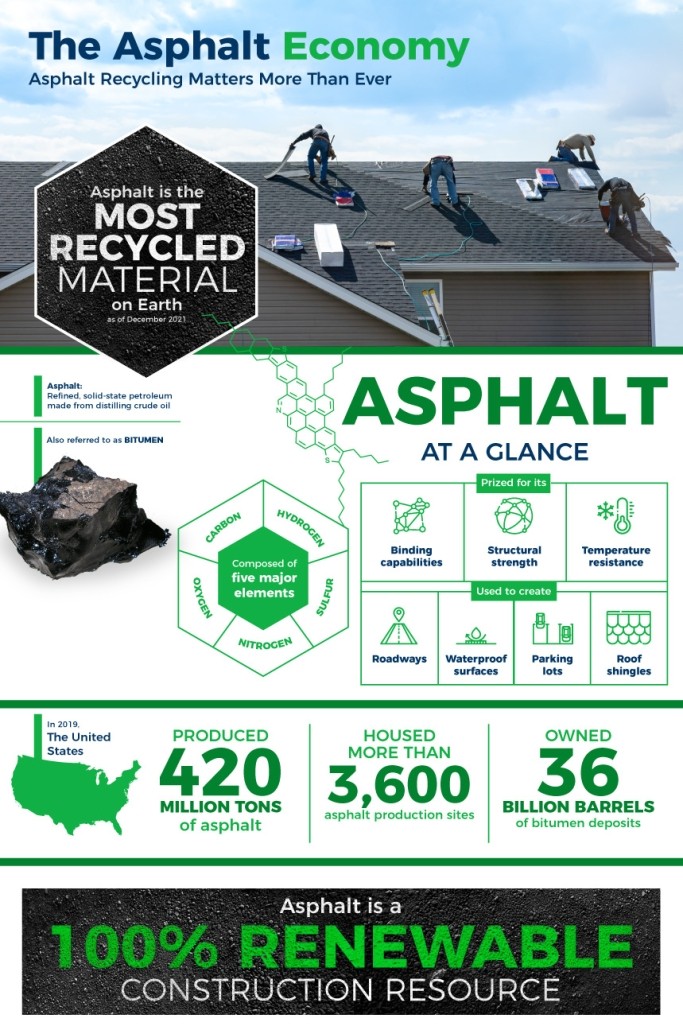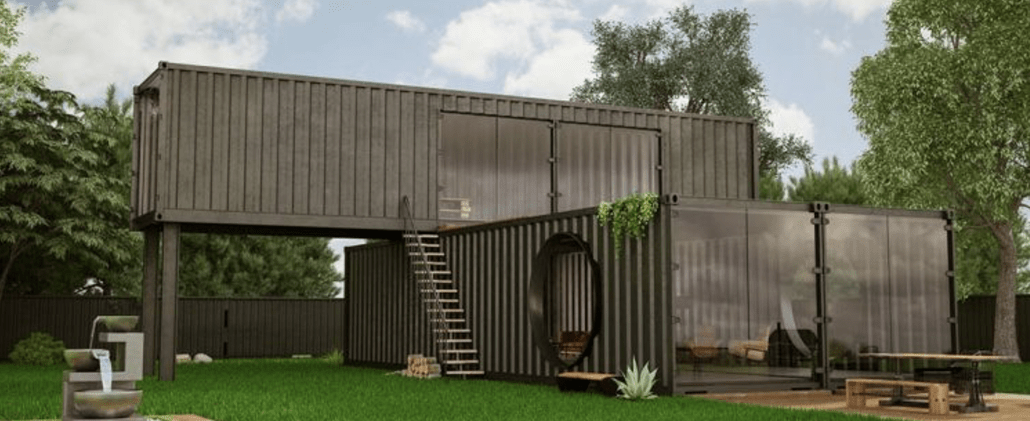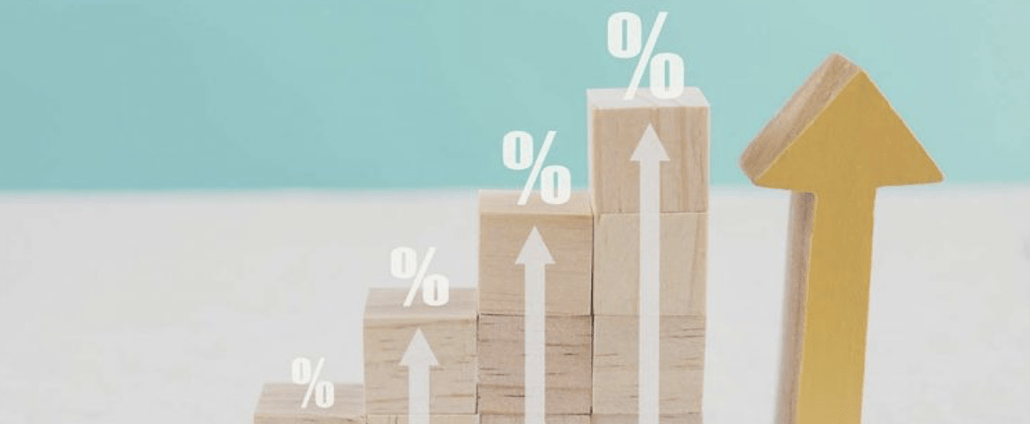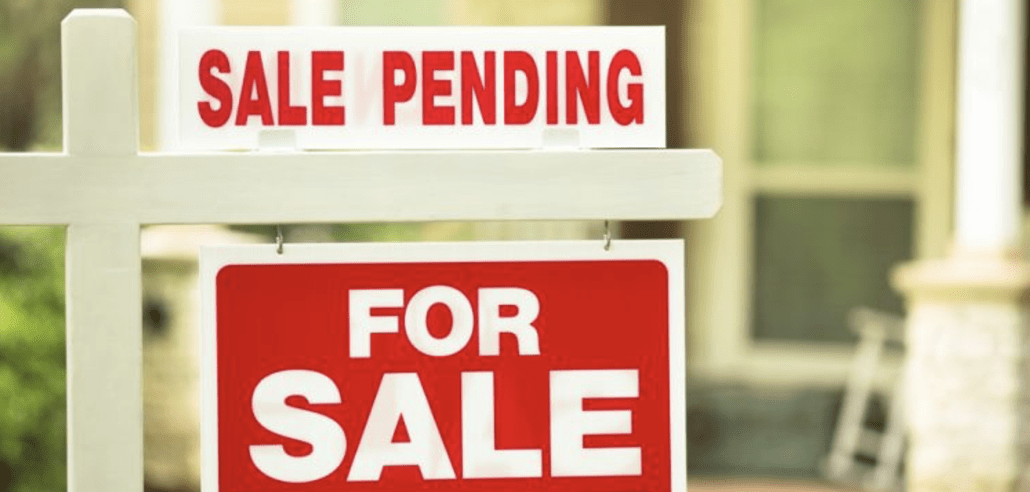The real estate industry is constantly evolving, and with this ever-changing landscape comes innovation. This innovation appears in many forms, from advanced technologies to new ways of handling real estate transactions. One thing that has made a significant change in the housing industry is the increasing cost of building materials. Lumber costs have skyrocketed in recent years, halting construction on new housing and causing home prices to rise to new highs—especially with inventory at a historic low across the country.
Read: High Lumber Prices: Here’s What It Means for Homeowners and Homebuyers
Another factor to consider when it comes to building materials is location. From destructive wildfires on the West Coast to devastating hurricanes on the East Coast and in the South, climate change is making a serious impact on housing. According to a special report by The Mortgage Bankers Association’s (MBA) Research Institute for Housing America (RIHA)—The Impact of Climate Change on Housing and Housing Finance—climate change will place increasing stress on housing, creating a need for adaptation strategies, such as incorporating building modifications into new construction and existing buildings, increasing the resiliency of communities through infrastructure improvements and standards.
These challenges have led to construction innovations that will begin to transform the new-home market. From concrete and cement to natural and recycled materials, these options can help scale down home building costs, reduce your carbon footprint and increase durability against natural disasters.
Bamboo
An environmentally friendly, renewable resource, bamboo has become a popular alternative for building homes. From durability to sustainability, this natural resource offers many qualities compared to more traditional materials.
Traditional lumber sources, such as maple and oak, can take up to 80 years to replenish. Bamboo, on the other hand, is the fastest growing plant on the planet, and can be harvested multiple times a year. In fact, according to Bamboo Living, every bamboo home that goes into production saves almost 10 acres of forest from destruction.
This material is also much stronger and sturdier than traditional woods, making it a great option for flooring. And even though it is strong, it is also flexible, which means builders can get creative with shapes and home designs that may have been limited with traditional materials. Bamboo also contains a natural bio-agent, bamboo kun, which makes this material resistant to pathogens and pests. Not only does this eliminate the risk for termites, but it also reduces the risk for rotting and losing strength over time.
Bamboo Living, a leader in providing artisan-quality bamboo homes and innovative, durable building products, has designed and manufactured over 400 homes around the world. From California to Florida, even all the way to India, their structures have proven to be resilient against the effects of changing climates and tough weather. Plus, it is not only eco-friendly, but budget-friendly, too.
Hempcrete
Sticking to the theme of eco-friendly and natural materials, hemp is taking big steps in the home building industry. As one of the oldest building materials, and with more and more states legalizing cannabis, hemp is becoming a more attainable alternative to traditional building materials and has many advantages.
The hemp plant has a very thick pulp, which can be used to create textiles, such as shoes and clothing, as well as building materials. Once fibers and seeds are removed from the plant, you are left with a woody stem, also known as a shiv. Hempcrete is made from combining this part of the plant with lime binder and water, creating what resembles a concrete block, without the weight. Industrial hemp can also be grown in many different climates and soils, giving builders across the country a sustainable alternative in a short period of time.
Hemp Block USA, the U.S.’s only provider of load bearing hempcrete blocks, share the many benefits of utilizing hempcrete as an alternative building material, including:
- Mold resistant – Hempcrete regulates indoor humidity and air quality, which helps keep mildew and mold from growing.
- Energy efficient thermal insulation – The value of hemp insulation can reduce energy costs up to 70% for both heating and cooling.
- Termite-free – Termites and many other pests are not drawn to the hemp plant, reducing the chance of infestation and rotting.
- Fire resistant – Hempcrete does not burn and has an excellent fire resistance rating, perfect for both walls and insulation.
- Carbon negative – Finished hempcrete walls sequester more CO2 than they use during production.
- Rendered finish – Hempcrete creates a finished rendered wall both inside and out.
- Load bearing – Hempcrete is engineered for up to two stories.
- Fast and easy assembly – Interlocking blocks can be stacked with minimal effort, saving 80% of traditional construction time.
Upcycled storage containers
Both environmentally friendly and cost-effective, this building option is becoming more popular amongst those looking to embrace unique home designs that ultimately meet their functionality needs and budget. Container homes have continued to gain momentum, and according to a study by Allied Market Research, the global market for this type of home is expected to reach more than $73 million by 2025.
Aside from being cost-effective, converting a shipping container into a home has additional benefits. Because they’re basic structure, they are very simple to construct, and augment. They are essentially a form of modular homes, offering the option to add and modify to your liking, and can even allow for container homeowners to easily relocate.
Shipping container homes are also extremely durable, made from Corten steel, which can withstand extreme weather conditions that traditional home materials may not, making these a great option for areas that suffer from hurricanes.
For the environment-friendly builders and buyers, there is nothing better than reusing and recycled materials. Steel is one of the most recycled materials in the world and using these containers as residences not only conserve resources, but offer a high-quality, affordable and sustainable solution.
Custom Container Living, a home construction company specializing in building homes from shipping containers, offers a step-by-step process for what you can expect, from start to finish construction, to financing, delivery and custom-build floor plans.
3D-printed concrete
A new technology has reached the home building industry, and it brings a new sustainable option to the forefront. Though concrete is a very common building material, it is now being used in new ways, making the building process more affordable while still utilizing existing materials.
The 3D printing process is primed to not only build houses faster and cheaper, but ultimately stronger and more long lasting compared to traditional materials, such as lumber. According to Habitat for Humanity, who have recently endorsed 3D printed homes, adding the use of concrete walls may save an estimated 15% per square foot in building costs, as it retains temperature in all climates, saving on heating and cooling costs, and is more resistant to hurricane and tornado damage.
3D printers have become more and more popular over the last 5 years, however, on this homebuilding scale, they are still new. In 2019, Statista projected that by 2025, the size of the global market, plus materials and any associated services will reach $49.1 billion, compared to $5.1 billion in 2015, a 700% increase.
Pilari, a technology driven developer of sustainable communities and modular homes, is re-imagining the future of home building with sustainability in mind, making an impact through reduction of waste and carbon emissions. In 2021, the company started development on the country’s first 3D-printed community in the desert city of Rancho Mirage, California, including 15 eco-friendly homes made from 3D-printed panels.
From climate change to increasing costs of lumber, traditional building materials could eventually take a backseat to these innovative and eco-friendly options.
Paige Brown is RISMedia’s content editor. Email her your real estate news ideas to pbrown@rismedia.com.











